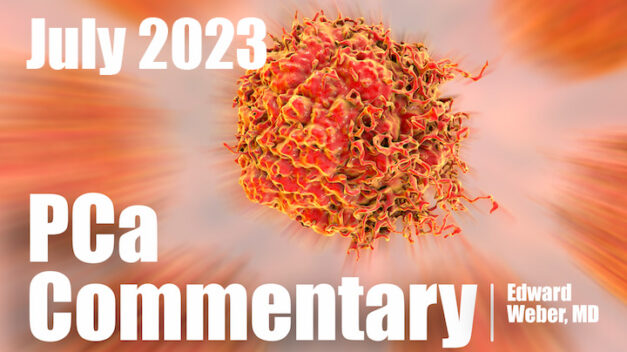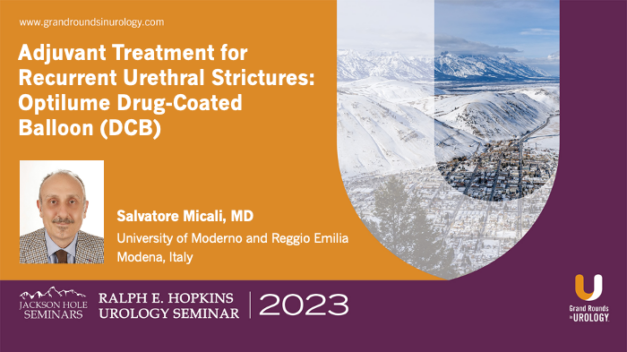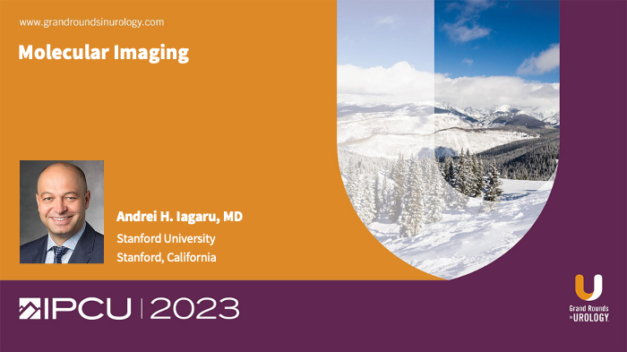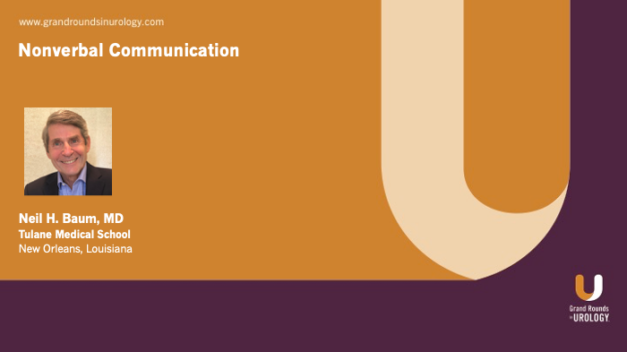PCa Commentary | Volume 179 – July 2023
Background
Although neuroendocrine cancer (NEPC) infrequently (<2%) presents elusively in the prostate, much more commonly it develops late in the course of the disease admixed in varying extent in metastatic lesions with standard adenocarcinoma. In this situation, it is termed “treatment-emergent t-NEPC” postulated to have “transdifferentiated” from adenocarcinoma. Its development is thought to be induced by mutations that have occurred during treatment due to increased therapeutic pressure from androgen suppressive therapy on the androgen signaling pathway.
The genomic characteristics of the neuroendocrine components at the various metastatic sites are heterogeneous, making it challenging to craft a single targeted therapy. The transdifferentiated cells do not express PSA or the prostate-specific membrane antigen (PSMA) and hence are negative on PSMA PET scans.
t-NEPC is aggressive, and difficult to diagnose, and effective treatment is lacking. Merkens et al., J Exp Clin Cancer Res. 2022, reviewed the underlying mechanisms of neuroendocrine transdifferentiation. t-NEPC associates with an inappropriately low PSA. Clues to its presence are bulky disease in viscera (especially liver) and lymph nodes, lytic bone metastases, a PSA doubling time of <6 months and an elevated serum calcium. t-NEPC in mCRPC tissue biopsies from patients treated with, for example, Zytiga and Xtandi rose to 10.5% compared to 2.3% in patients naive to these second-generation agents. During the period from 1998 to 2011 the incidence of t-NEPC was 6.3%; in 2012-2016 after introduction of Zytiga and Xtandi the rate was 13.3%.
Diagnosis
Appropriate management of t-NEPC is hampered by delayed diagnoses in part due to the lack of diagnostic serum biomarkers. The best candidate biomarker (but inconsistently elevated) is chromogranin A (CgA), the main component contained in secretory granules released from NEPC cells. Plasma values less than or equal to 85-100 ng/mL are normal; values >360 suggest significant t-NEPC. A suggested strategy is to check a baseline CgA in the early treatment phase of advanced cancer, and if the disease is objectively progressing without a commensurate rise in PSA, say, 4 – 10 ng/mL, obtain an 18F-FDG PET/CT scan (which can image aggressive cancer that is negative on PSMA PET scans (Spratt et al, Prostate 2015). “CgA should be included as a tool to monitor the evolution of [t-NE]PC, wherein it may be 2-3 times above normal levels,” reviewed in “Chromogranin A:” a useful biomarker in castration-resistant prostate cancer.” Poussard et al, World Journal of Urology, 2023.
Currently, the diagnosis of t-NEPC is based on biopsies of metastatic lesions performed when there is high suspicion for this transformation. But because of the heterogeneity among lesions, a biopsy may be misleading or inconclusive. The location of the projected biopsy may present difficulty or cause harm.
Because of these issues, an initial assay of circulating tumor cell histology may be useful (CTC, Epic Sciences), as discussed by Beltran et al, in “The Initial Detection and Partial Characterization of Circulating Tumor Cells in Neuroendocrine Prostate Cancer,” Clin Cancer Res 2016. PET Imaging targeting the delta-like ligand (DLL), a protein surface marker on NEPC cells, is under development, as is therapy with a Lutetium 177 nucleotide conjugate targeting the DLL protein.
An elevated neuron-specific enolase (NSE) above 16 ng/ml is often, but also inconsistently, found in t-NEPC. An elevated carcinoembryonic antigen (CEA) is a commonly available serum marker associated with t-NEPC. CEACAM5, a CEA-related “cell adhesion molecule 5, is a promising t-NEPC cell surface antigen” for which the CEACAM5 directed antibody-drug conjugate labetuzumab govitecan therapy is under development, DeLucia et al. (Fred Hutchinson Cancer Research Center, Clin Cancer Res. 2021)
Treatment
Chemotherapy offers a modest benefit in metastatic t-NEPC. The outcome of various regimens is discussed by Yamada and Beltram, Curr Oncol Rep.2021. Combination therapy with carboplatin (Paraplatin) and cabazitaxel (JEFTANA) yields objective responses of 50 – 60% with a median progression-free survival of 5.1 months and a median overall survival of 16 months. However, the management decision as to when to initiate chemotherapy in response to rising serum markers is challenging.
In an attempt to address the genomic heterogeneity of metastases, there is an ongoing trial at MD Anderson Cancer Center (NCT04592237) combining chemotherapy with carboplatin and cabazitaxel with PARP inhibition and anti-PD1 immunotherapy. A 29% rate of mutations in the BRCA family in NEPC explains the inclusion of PARP inhibitors in this regimen (Chedgy et al, J Pathol. 2018). The cell surface marker CD46 is overexpressed on NEPC cells and radioimmune therapy with an alpha-emitting Actinium 225 isotope conjugate is being developed (Bidkar et al, Clin Cancer Res. 2023).
Perspective
Androgen suppression by various means has been the mainstay of prostate cancer treatment since 1911. Even then the downside of ADT was recognized i.e., the induction of resistance to treatment through alterations of the androgen receptor.
More recently, therapy-induced NEPC has been added to the list of adverse developments. Until an effective strategy is developed to avoid the induction of t-NRPC, the only practical ways of addressing this induction are delaying the onset of ADT until a worrisome rise in the PSA doubling time is evidenced, limiting adjuvant ADT when the gain is minimal compared to no ADT (as can be assessed by using Decipher), and employing metastases directed therapy in oligometastatic relapse without accompanying ADT.
BOTTOM LINE
Successful management of treatment-induced neuroendocrine prostate cancer is limited by difficulty in diagnosis and a lack of effective therapy. Intense research is underway to address this important deficiency.





